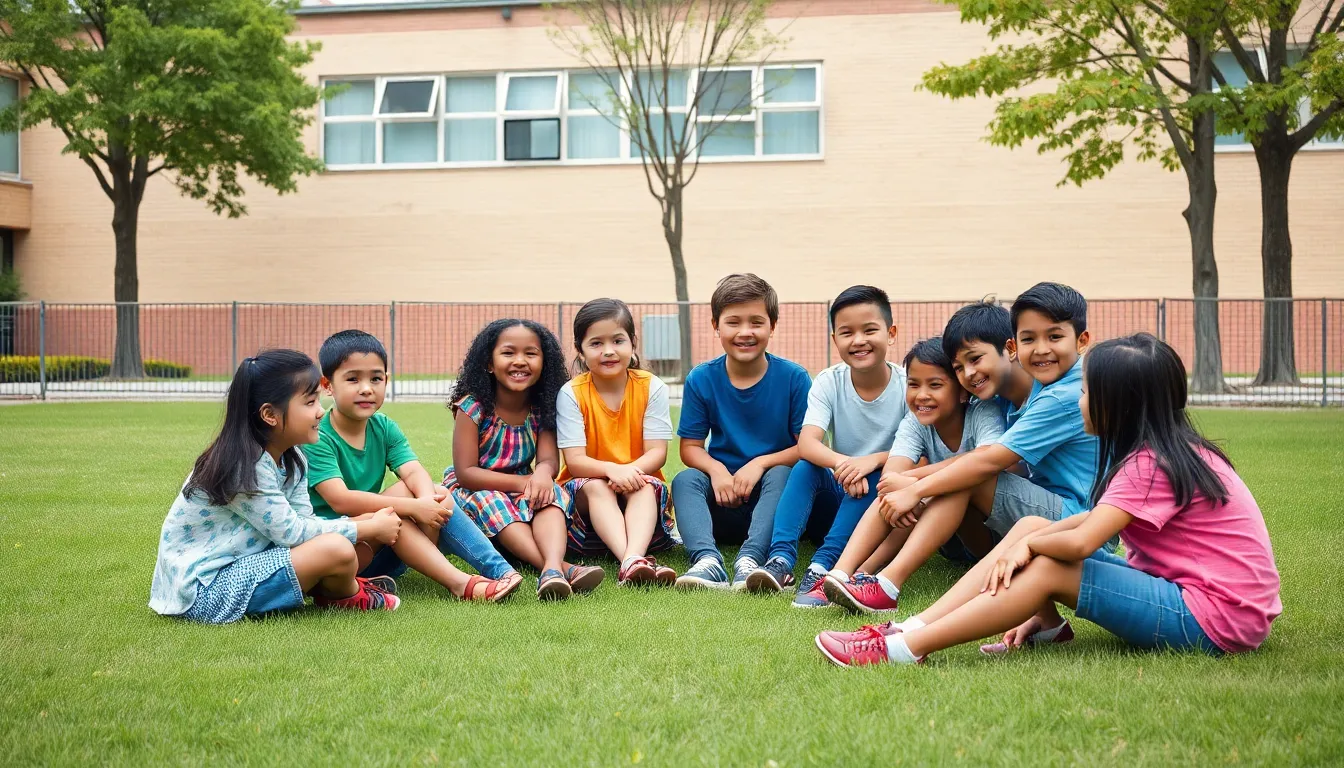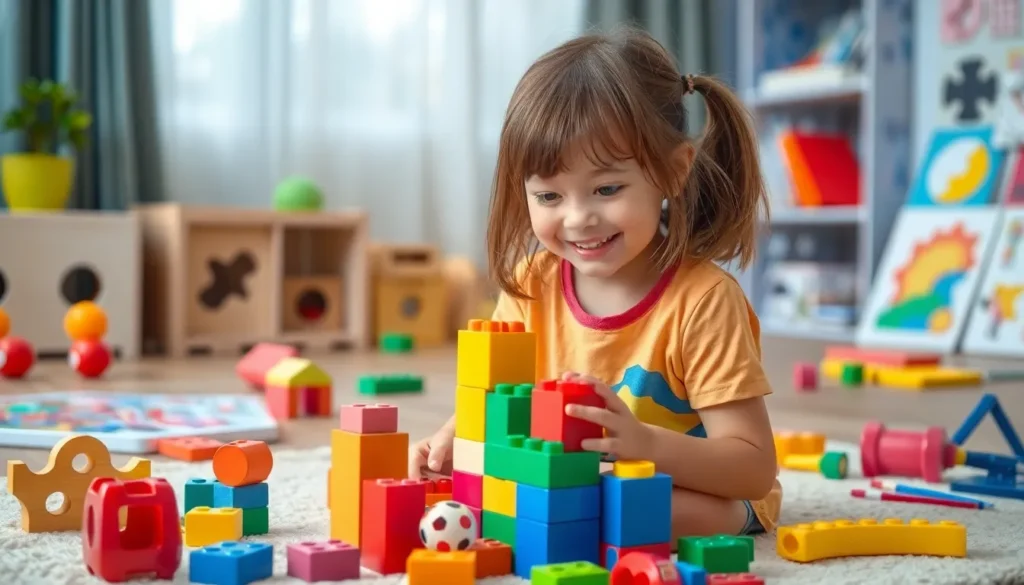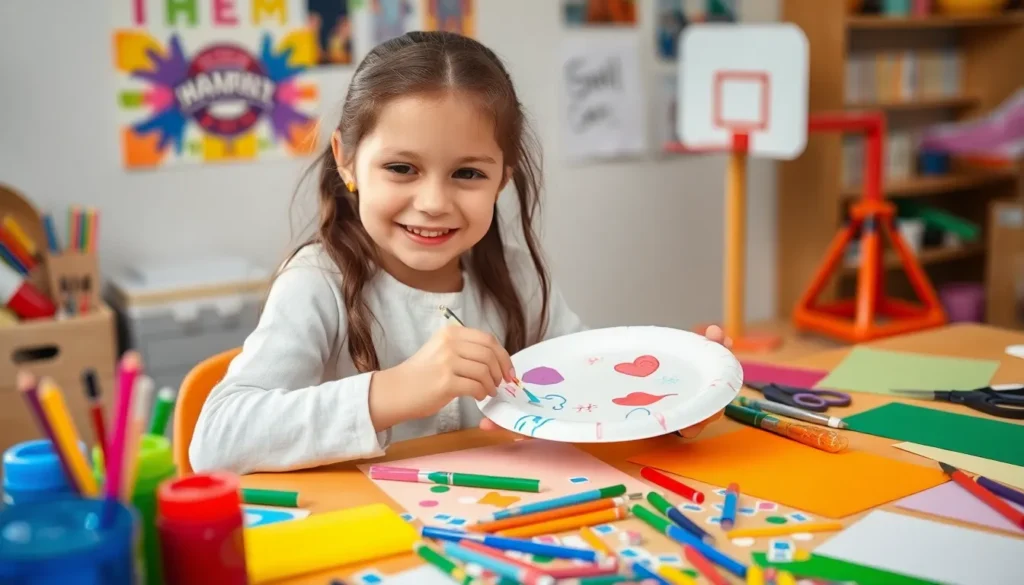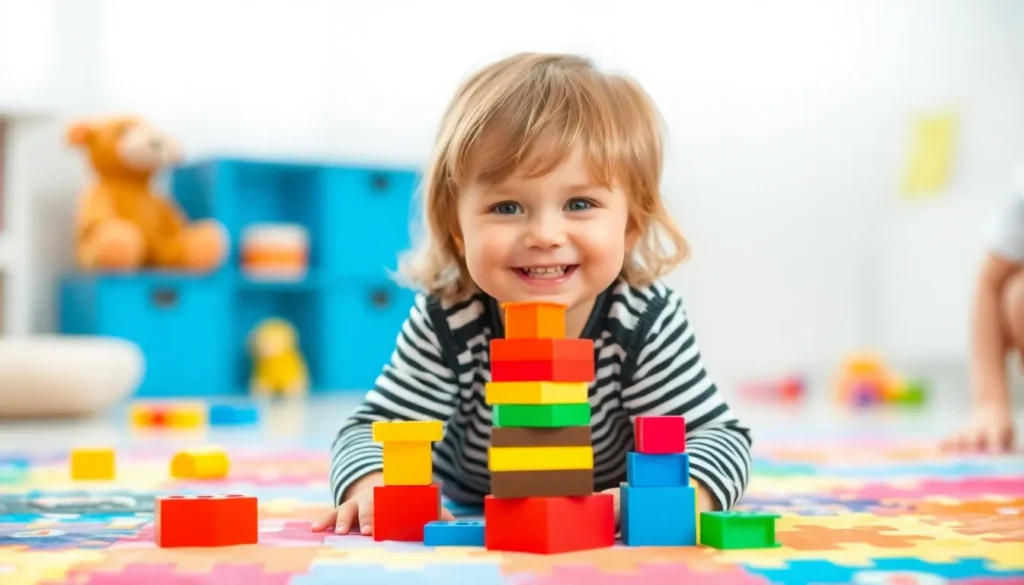Navigating the world of transitioning children can feel like trying to assemble IKEA furniture without the instructions—confusing and a bit overwhelming. Yet, it’s a journey that many parents and guardians embark on with hope and determination. Understanding how to support a child through this transformative process is crucial, and it can make all the difference in their happiness and well-being.
But fear not! With the right tools and insights, this transition can be smoother than a freshly buttered slide. From open conversations to creating a supportive environment, there are effective ways to help children embrace their true selves. Let’s dive into the essentials of transitioning children and discover how to turn potential challenges into empowering opportunities.
Table of Contents
ToggleUnderstanding Transitioning Children
Transitioning involves a process where a child identifies and expresses their gender identity. This journey can encompass social, medical, or legal changes, depending on the child’s needs and desires.
Definition of Transitioning
Transitioning refers to adapting one’s gender presentation to align with personal identity. It may include various components such as changing names, adjusting pronouns, or altering clothing styles. Some children may pursue hormone therapy or surgical options as they grow older. Each individual’s path is unique, reflecting their specific feelings and experiences. Understanding these elements is crucial for parents and guardians.
Importance of Transitioning
Supporting a child during their transition significantly enhances their well-being. Acceptance and affirmation contribute to better mental health outcomes. Research indicates that children who receive support are less likely to experience anxiety or depression. Creating a safe, inclusive environment fosters self-esteem and confidence. Encouraging open dialogue about gender identity helps address concerns and fears. Active support from family and friends reinforces the child’s identity and allows them to thrive.
Challenges Faced by Transitioning Children

Transitioning children encounter several challenges that can affect various aspects of their lives. These challenges often encompass emotional, psychological, and social dimensions.
Emotional and Psychological Effects
Anxiety frequently arises during the transition process. Many children grapple with feelings of confusion and fear regarding their identity. Depression is another common issue, particularly when faced with unsupportive environments. Children often experience self-doubt and a lack of acceptance, which can hinder their emotional well-being. Research indicates that when children receive affirmation and support, this boosts their self-esteem and reduces feelings of isolation. Open conversations about feelings and providing consistent emotional support fosters resilience. Regular check-ins on their mental state help gauge emotional health and build trust.
Social and Peer Relationships
Friendship dynamics may shift as children express their true selves. Some peers might struggle to understand gender identity, leading to potential exclusion or bullying. Positive friendships are essential, as supportive peers can enhance a child’s confidence. Building alliances within school settings results in a more inclusive atmosphere. Parents and guardians can encourage participation in supportive groups, enhancing social connections. Finding communities can provide transitioning children a sense of belonging. Engaging in activities with understanding peers fosters authentic relationships and eases social tensions.
Supporting Transitioning Children
Supporting children through their transition involves a collaborative effort from various parties. Parents and guardians play a crucial role in affirming their child’s identity during this significant time.
Role of Parents and Guardians
Parents and guardians are primary sources of support for transitioning children. They create a safe space where open conversations about gender identity can flourish. Understanding the child’s experience fosters comfort and acceptance. Affirmation, whether through the use of preferred names or pronouns, reinforces the child’s identity. Research shows that emotional backing leads to decreased anxiety and depression. Building self-esteem is essential, so encouragement and participation in activities that promote a child’s interests strengthen their confidence. Reach out to local support groups or online forums for additional resources. Active engagement in discussions about feelings helps children feel valued and understood.
School and Educational Support
Educational environments significantly influence a child’s transition experience. Schools can initiate policies that support inclusivity and respect for diverse gender identities. Staff training on gender identity ensures teachers and administrators recognize the importance of creating a positive atmosphere. It’s vital for schools to implement anti-bullying programs that specifically address harassment based on gender identity. Encouraging open lines of communication between parents and educators aids in addressing potential issues early. Peer support groups within schools can foster friendships and enhance feelings of belonging. Collaborating with school counselors allows for tailored support for children navigating their identities. Providing resources and education to fellow students promotes empathy and understanding, making school a safer place for everyone.
Best Practices for Transitioning Children
Open communication plays a vital role in the transition process for children. Parents and guardians should prioritize honest discussions about gender identity. Encouraging kids to express their thoughts and feelings creates a trusting environment. Active listening helps validate their experiences and concerns. Consistent dialogue enables families to address any fears or misunderstandings. Open conversations also allow children to seek guidance on their journey, helping them feel understood and supported.
Creating safe spaces is essential for transitioning children. Safe environments promote comfort and acceptance without fear of judgment or rejection. Parents can foster safety by ensuring that home is a refuge for authenticity. Spaces that celebrate diversity bolster a child’s sense of belonging. Additionally, schools can implement policies that reflect inclusivity and respect for all gender identities. In structured settings, supportive staff members and anti-bullying initiatives significantly enhance children’s well-being, enabling positive interactions with peers.
Supporting children through their transition is a vital responsibility for parents and guardians. By fostering an environment of acceptance and open dialogue, they can significantly impact their child’s mental health and overall well-being. Understanding the unique challenges these children face allows families to provide the necessary emotional backing.
Encouraging connections with supportive peers and ensuring inclusive educational settings are essential steps in this journey. With the right tools and a strong support network, transitioning children can embrace their identities and thrive in a world that celebrates diversity.









